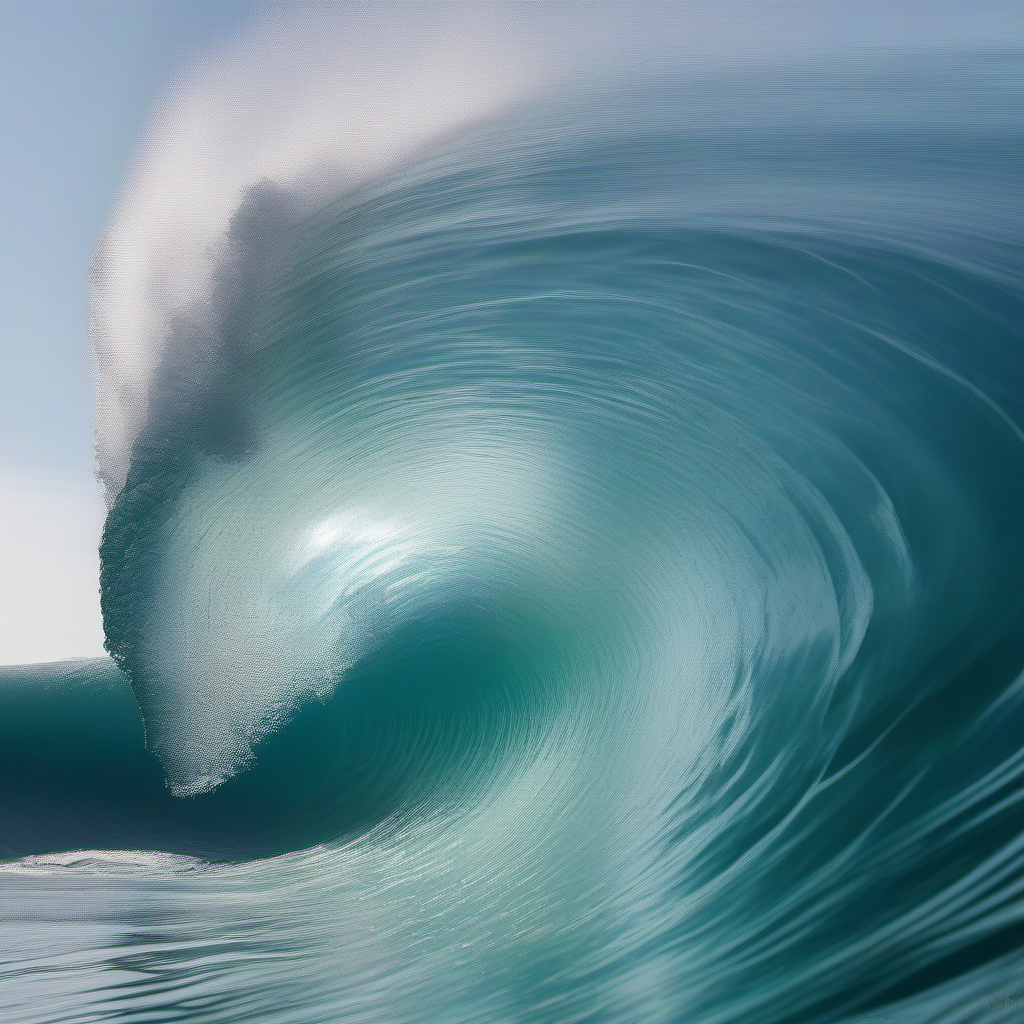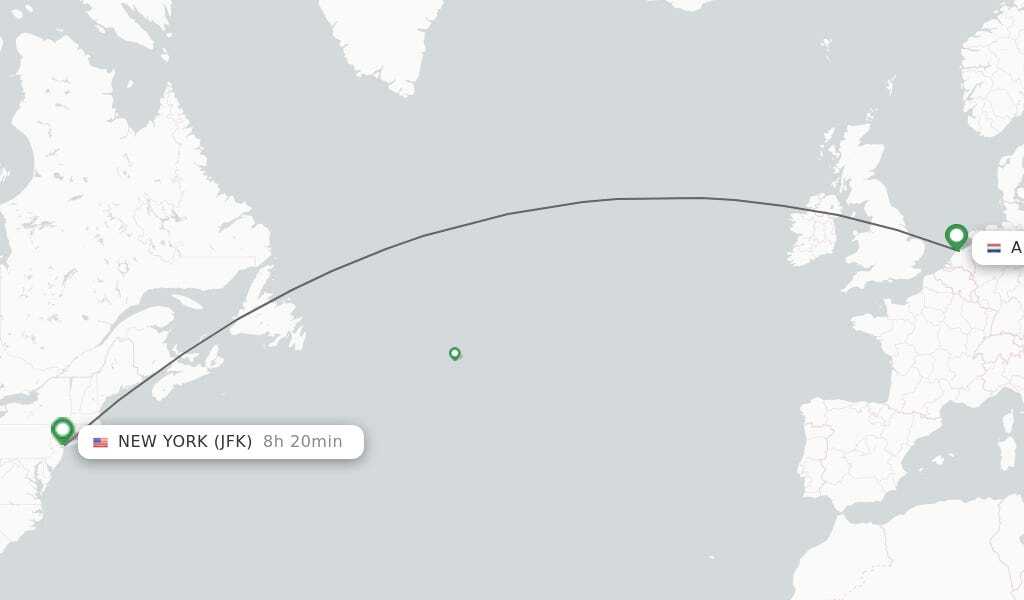They look like USB A ports to me with an unusual housing around them.
Off-and-on trying out an account over at @tal@oleo.cafe due to scraping bots bogging down lemmy.today to the point of near-unusability.
- 161 Posts
- 6.5K Comments

 14·2 days ago
14·2 days agoIf you’re wanting something that makes for a neat, mesmerising visual effect, maybe a plasma ball?
https://en.wikipedia.org/wiki/Plasma_globe


It looks like they’re available on Amazon for the mid-to-low end of that price range.
From my /etc/resolv.conf on Debian trixie, which isn’t using openresolv:
# Third party programs should typically not access this file directly, but only # through the symlink at /etc/resolv.conf. To manage man:resolv.conf(5) in a # different way, replace this symlink by a static file or a different symlink.I mean, if you want to just write a static resolv.conf, I don’t think that you normally need to have it flagged immutable. You just put the text file you want in place of the symlink.
Also, when you talk about fsck, what could be good options for this to check the drive?
I’ve never used proxmox, so I can’t advise how to do so via the UI it provides. As a general Linux approach, though, if you’re copying from a source Linux filesystem, it should be possible to unmount it — or boot from a live boot Linux CD, if that filesystem is required to run the system — and then just run
fsck /dev/sda1or whatever the filesystem device is.
I’d suspect that too. Try just reading from the source drive or just writing to the destination drive and see which causes the problems. Could also be a corrupt filesystem; probably not a bad idea to try to
fsckit.IME, on a failing disk, you can get I/O blocking as the system retries, but it usually won’t freeze the system unless your swap partition/file is on that drive. Then, as soon as the kernel goes to pull something from swap on the failing drive, everything blocks. If you have a way to view the kernel log (e.g. you’re looking at a Linux console or have serial access or something else that keeps working), you’ll probably see kernel log messages. Might try
swapoff -abefore doing the rsync to disable swap.At first I was under suspicion was temperature.
I’ve never had it happen, but it is possible for heat to cause issues for hard drives; I’m assuming that OP is checking CPU temperature. If you’ve ever copied the contents of a full disk, the case will tend to get pretty toasty. I don’t know if the firmware will slow down operation to keep temperature sane — all the rotational drives I’ve used in the past have had temperature sensors, so I’d think that it would. Could try aiming a fan at the things. I doubt that that’s it, though.

 12·2 days ago
12·2 days agoNo one else invents new screws to prevent access (except Nintendo).
Like, on gamepads? I have multiple sets of security bits that I bought just to get required bits to open gamepads, and I’ve never owned a Nintendo gamepad.
Some countries have compulsory military service for all of its citizens.
North America…
While the US hasn’t had a need for peacetime conscription — its war planning has assumed that its peacetime military, especially its navy and air force, could hold off an invader for six months, long enough to train up untrained infantry from scratch – that’s not all countries in North America. I’d guess that Cuba likely has it.
checks Wikipedia
Looks like they have two years of mandatory service.
https://en.wikipedia.org/wiki/Conscription_in_Cuba
Conscription is inscribed in the 1976 Constitution of the Republic of Cuba in article 65, stating that “Defense of the socialist homeland is the greatest honor and the supreme duty of every Cuban citizen.”
Cuban nationals were required to serve under the Obligatory Military Service (SMO) system. Under this structure, it was compulsory to complete three years in military service, the militias of territorial troops, or the brigades of production and defence.[2] The SMO was reinforced by the first Law of Military service which was established in November 1963.
As of August 1991, the SMO changed to the General Military Service Law and the requirements of active military service were reduced to two years, with enlistment being obligatory between the ages of 16 and 28, however most nationals were not called to service until they were 17.
EDIT: Here’s a map:
https://en.wikipedia.org/wiki/Conscription
Mexico apparently also has it, though there it’s only a randomly-selected subset that are required to serve.
https://en.wikipedia.org/wiki/Conscription_in_Mexico
Military Service in Mexico (Spanish: Servicio Militar Nacional, or SMN) currently involves all males reaching the age of eighteen years. Selection is made by a lottery system using the following color scheme: those who draw a black ball must serve as “availability reservists”, that is, they are not required to perform any activities whatsoever and will receive their discharge card at the end of the year. Those who draw a white ball must serve “framed” which means, they must start service immediately from 8am-1pm for one year in total, until they receive the discharge card.

 5·2 days ago
5·2 days agoI mean sure, if you like spending $1500+ on a new computer every year…they’re completely irreparable, unupgradeable, and they have a definite lifespan when Apple arbitrarily decides that they’re “obsolete”.
That was kind of Steve Jobs’ original vision.
folklore.org archives a lot of stories from the early Apple days.
https://www.folklore.org/Diagnostic_Port.html
Expandability, or the lack thereof, was far and away the most controversial aspect of the original Macintosh hardware design. Apple co-founder Steve Wozniak was a strong believer in hardware expandability, and he endowed the Apple II with luxurious expandability in the form of seven built-in slots for peripheral cards, configured in a clever architecture that allowed each card to incorporate built-in software on its own ROM chip. This flexibility allowed the Apple II to be adapted to a wider range of applications, and quickly spawned a thriving third-party hardware industry.
But Jef Raskin had a very different point of view. He thought that slots were inherently complex, and were one of the obstacles holding back personal computers from reaching a wider audience. He thought that hardware expandability made it more difficult for third party software writers since they couldn’t rely on the consistency of the underlying hardware. His Macintosh vision had Apple cranking out millions of identical, easy to use, low cost appliance computers and since hardware expandability would add significant cost and complexity it was therefore avoided.
Apple’s other co-founder, Steve Jobs, didn’t agree with Jef about many things, but they both felt the same way about hardware expandability: it was a bug instead of a feature. Steve was reportedly against having slots in the Apple II back in the days of yore, and felt even stronger about slots for the Mac. He decreed that the Macintosh would remain perpetually bereft of slots, enclosed in a tightly sealed case, with only the limited expandability of the two serial ports.
Burrell was afraid the 128Kbyte Mac would seem inadequate soon after launch, and there were no slots for the user to add RAM. He realized that he could support 256Kbit RAM chips simply by routing a few extra lines on the PC board, allowing adventurous people who knew how to wield a soldering gun to replace their RAM chips with the newer generation. The extra lines would only cost pennies to add.
But once again, Steve Jobs objected, because he didn’t like the idea of customers mucking with the innards of their computer. He would also rather have them buy a new 512K Mac instead of them buying more RAM from a third-party. But this time Burrell prevailed, because the change was so minimal. He just left it in there and no one bothered to mention it to Steve, much to the eventual benefit of customers, who didn’t have to buy a whole new Mac to expand their memory.
That being said, modern USB does represent a major change from that point in time, since it’s a relatively-high-speed external bus, and USB does permit for some of the devices that historically would have needed to live on an internal bus to be put on an external bus.

 41·2 days ago
41·2 days agoGPU prices are coming to earth
https://lemmy.today/post/42588975
Nvidia reportedly no longer supplying VRAM to its GPU board partners in response to memory crunch — rumor claims vendors will only get the die, forced to source memory on their own
If that’s true, I doubt that they’re going to be coming to earth for long.

 12·2 days ago
12·2 days agohttps://lemmy.today/post/42574307
GPU prices are coming to earth just as RAM costs shoot into the stratosphere - Ars Technica
If said rumor is true, so much for GPU prices falling.
EDIT: Well, I guess more properly, for video card prices falling; in this context, distinguishing between the GPU chip and the card it lives on does actually matter.

 15·3 days ago
15·3 days agoPrices rarely, if ever, go down in a meaningful degree.
Prices on memory have virtually always gone down, and at a rapid pace.
https://ourworldindata.org/grapher/historical-cost-of-computer-memory-and-storage


 61·3 days ago
61·3 days agoDo you feel sad about the fact that you’ll probably die within 100 years (or less)
A quote from Richard Dawkins:
We are going to die, and that makes us the lucky ones. Most people are never going to die because they are never going to be born. The potential people who could have been here in my place but who will in fact never see the light of day outnumber the sand grains of Arabia. Certainly those unborn ghosts include greater poets than Keats, scientists greater than Newton. We know this because the set of possible people allowed by our DNA so massively exceeds the set of actual people. In the teeth of these stupefying odds it is you and I, in our ordinariness, that are here.We privileged few, who won the lottery of birth against all odds, how dare we whine at our inevitable return to that prior state from which the vast majority have never stirred?

 8·3 days ago
8·3 days agoThe local pol said he usually goes by Adolf Uunona in daily life and argued it’s too late to formally change his name.
“It’s in all official documents. It’s too late for that,” he told German newspaper Bild in 2020.
For context for folks in the US, the US makes it pretty easy to change your name. Ditto for a number of other countries that derive from the British legal tradition. A number of countries have considerably more restrictive law on this point.

 11·3 days ago
11·3 days agoIf consumers aren’t going to or are much less likely to upgrade, then that affects demand from them, and one would expect manufacturers to follow what consumers demand.

 3·3 days ago
3·3 days agoIf you have or can create a LoRA trained on images of the character you’re presenting, that may be helpful. Or if you have a checkpoint model trained on that character. Would be like having a character that the base model is trained on.

 108·3 days ago
108·3 days agoI remember when it wasn’t uncommon to buy a prebuilt system and then immediately upgrade its memory with third party DIMMs to avoid paying the PC manufacturer’s premium on memory. Seeing that price relationship becoming inverted is a little bonkers. Though IIRC Framework’s memory-on-prebuilt-systems didn’t have much of a premium.
I also wonder if it will push the market further towards systems with soldered memory or on-core memory.

 3·3 days ago
3·3 days agoYou can have applications where wall clock tine time is not all that critical but large model size is valuable, or where a model is very sparse, so does little computation relative to the size of the model, but for the major applications, like today’s generative AI chatbots, I think that that’s correct.

 3·3 days ago
3·3 days agoLast I looked, a few days ago on Google Shopping, you could still find some retailers that had stock of DDR5 (I was looking at 2x16GB, and you may want more than that) and hadn’t jacked their prices up, but if you’re going to buy, I would not wait longer, because if they haven’t been cleaned out by now, I expect that they will be soon.

 3·3 days ago
3·3 days agoMy limited experience is that stable characters across a number of images are a weakness today, and I wouldn’t be confident that genAI is a great way to go about it. If you want to try it, here’s what I’d go with:
-
If you can get images with consistent outlines via some other route, you can try using ControlNet to do the rest of the image.
-
If you just need slight variations on a particular image, you can use inpainting to regenerate the relevant portions (e.g. an image with a series of different expressions).
-
If you want to work from a prompt, try picking a real-life person or character as a starting point, that may help, as models have been trained on them. Best is if you can get them at once point in time (e.g. “actor in popularmovie”). If you have a character description that you’re slapping into each prompt, only describe elements that are actually visible in a given image.
I’ve found that a consistent theme is something that is much more achievable, in that you can add “by <artist name>” to your prompt terms for any artist that the model has been trained on a number of images from. If you’re using a model that supports prompt term weighting (e.g. Stable Diffusion), you can increase the weight here to increase the strength of the effect. Flux doesn’t support prompt term weighting (though it’s really aimed at photographic images anyway). It’s possible to blend multiple artists or genres as prompt terms.
-















!pixeldungeon@lemmy.world